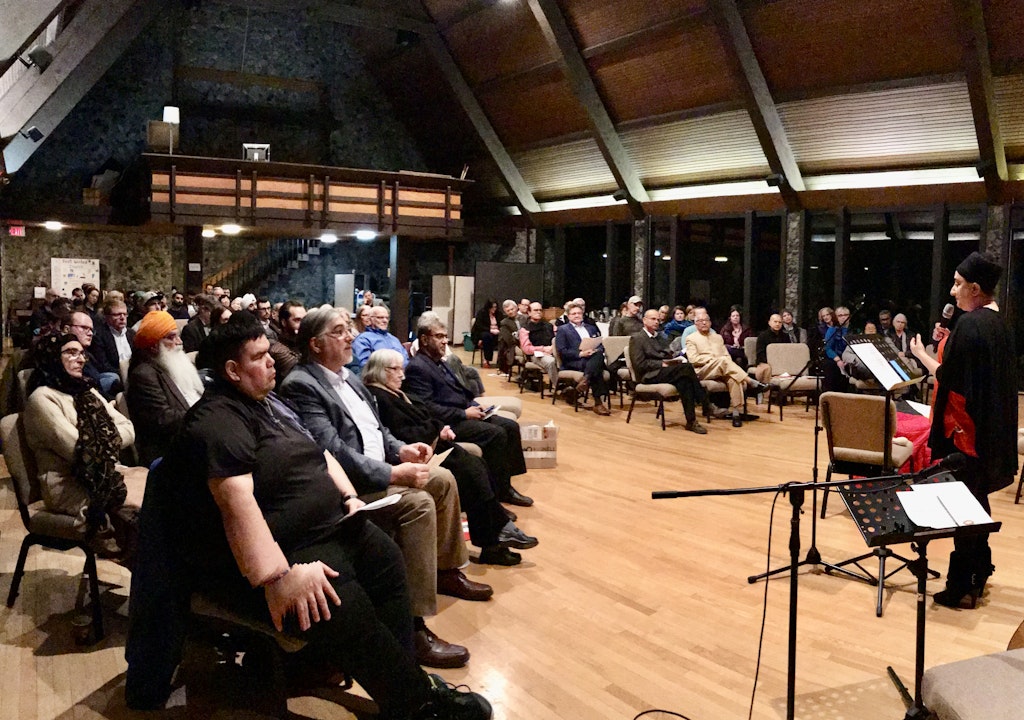In examining the Bahá’í perspective on end-time prophecies, one encounters a profound shift in understanding, characterized by the teachings of Bahá’u’lláh, the founder of the Bahá’í Faith. Rather than a narrative steeped in imminent doom and catastrophic tribulation, the Bahá’í interpretation invites a refreshing recontextualization of these prophecies, positioning them as markers of evolution within the human condition. It is essential to navigate this discourse with both sensitivity and intellectual rigor, so as to unveil the transformative potential embedded therein.
The Bahá’í teachings assert that the prophecies found within various religious texts are not merely signposts of destruction, but are elucidatory in nature, revealing divine truths aimed at guiding humanity through periods of introspection and spiritual reawakening. This perspective is inexorably linked to the concept of prophetic cycles, a recurring theme in religious history, which posits that each dispensation, or period of divine revelation, serves a purpose in the overarching narrative of humanity’s progression towards unity and peace.
At the crux of the Bahá’í interpretation is the notion that the “end times” signify not an apocalyptic conclusion, but rather the dawn of a new era—the Age of Reunion. Bahá’ís are encouraged to approach scriptural interpretations with a lens of optimism, envisioning a future wherein humanity collectively transcends its divisions. In this framework, prophecies serve as catalysts for introspection. They challenge individuals and societies to evaluate their actions, foster social justice, and promote the essential unity of all peoples.
One illustrative example can be found in the reinterpretation of the Book of Revelation, traditionally viewed through the prism of fear and judgment. Bahá’í teachings suggest that the symbols found within this text—such as the New Jerusalem—represent a metaphorical, rather than a literal, city; a manifestation of an ideal society on Earth, wherein justice, equality, and peace reign. The concept of the New Jerusalem thus becomes a metaphysical aspiration rather than a physical location, an embodiment of humanity’s potential to create a harmonious existence.
Moreover, the Bahá’í Faith acknowledges the significance of multiple religious narratives. Through the lens of progressive revelation, one can discern a consistent thread across various faith traditions. Each religious leader—be it Moses, Jesus, Muhammad, or Bahá’u’lláh—illuminates aspects of the divine will appropriate to their time and context. Therefore, many prophecies regarding the end times elucidate not solely the culmination of previous epochs, but also point toward the beauty and profundity of future developments. This continual revelation serves as a reminder that humanity is not static, but rather engaged in an ongoing journey of spiritual evolution.
Importantly, the teachings emphasize that the essence of prophecy is not to inspire fear, but to incite action. Bahá’ís are called to engage thoughtfully with the world around them, recognizing their role as active participants in the realization of these prophecies. This involves a commitment to social action, community building, and the promotion of universal education—principles that are essential to dismantling the systemic inequalities that stifle progress and hinder the realization of a unified global society.
Furthermore, the exploration of end-time prophecies through a Bahá’í lens encourages an attitudinal shift from a focus on judgment and retribution to one of compassion and understanding. The overarching divine intent is depicted not as punishment, but as a preparatory process for the soul’s refinement. In this light, challenges and tribulations can be reframed as opportunities for growth, urging individuals to cultivate resilience and deeper spiritual insight.
For practitioners and seekers alike, this refreshing perspective on prophecy serves to safeguard against the nihilism that can often accompany conventional interpretations. Within the Bahá’í Faith, the encouragement to view prophecies as heralds of new beginnings illuminates a path laden with hope rather than despair. It invites exploration into the uncharted territories of possibility, prompting a collective reimagining of what can be achieved when humanity aligns under the banner of unity.
In an era marked by uncertainty and division, the Bahá’í perspective on end-time prophecies resonates with urgency. It implores individuals and societies to transcend parochial boundaries and engage in meaningful dialogue grounded in mutual respect. This dynamic invitation to co-create a more equitable world aligns harmoniously with the principles espoused by Bahá’u’lláh, encouraging believers and non-believers alike to partake in the transformative power of love and service to humanity.
In conclusion, decoding end-time prophecies from a Bahá’í perspective reveals a vibrant tapestry interwoven with themes of hope, progress, and communal responsibility. By reimagining these narratives, one is not merely confronted with projections of despair, but rather with an impetus to strive towards a collective awakening—a realization that through unity, compassion, and proactive engagement, humanity can transcend its historical challenges and usher in a new age of enlightenment and harmony.
